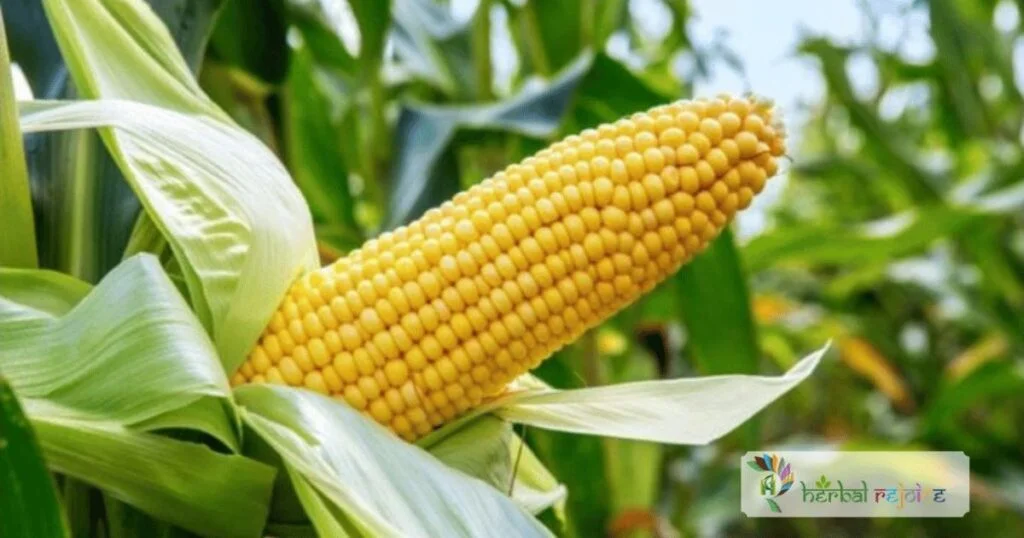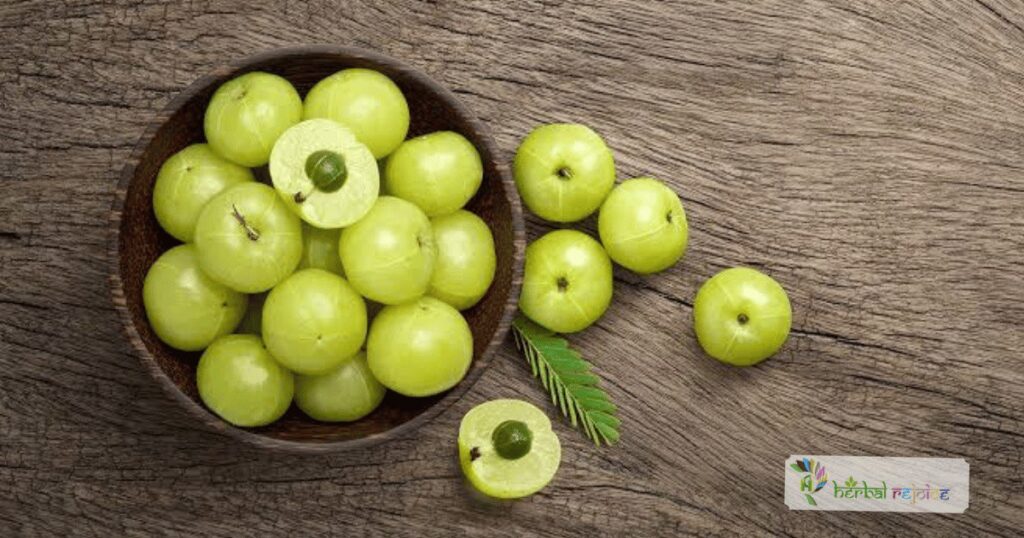Introduction
Maize (Zea mays Linn.), also known as corn or Indian corn, is a crop native to South America. It is primarily grown as a food crop in several regions of India, including Uttar Pradesh, Punjab, Madhya Pradesh, Bihar, Andhra Pradesh, and Jammu and Kashmir. Maize has a long history of cultivation and is valued for its various medicinal properties. Maize is used to treat conditions such as cystitis, urethritis, prostatitis, irritation of the urinary tract caused by phosphatic and uric acids, nephritis.
Names and Habitat
In Ayurvedic medicine, maize is referred to as Mahaa-Kaaya, while in Unani medicine, it is known as Makkaa or Zurraa Makkaa. One of the main medicinal uses of maize is in the form of corn silk. Corn silk is known for its diuretic, urinary demulcent, and antilithic properties.
Traditional Uses Of Maize
Corn silk is often used to treat conditions such as cystitis, urethritis, prostatitis, and irritation of the urinary tract caused by phosphatic and uric acids. It is also beneficial for conditions like nephritis, uncontrollable bladder, retention, pus in the urine, and bed-wetting.
Key Components Of Maize
Various studies have been conducted to understand the chemical composition of corn silk. It has been found to contain saponins, alantoin, sterols (such as beta-sitosterol and stigmasterol), alkaloid hordenine, polyphenols, mucilage, potassium, vitamin C and K, cryptoxanthin, anthocyanins, plant acids, and tannin.
Corn silk also contains glycoproteins that have been separated from the plant. These glycoproteins have been found to inhibit IgE antibody formation while enhancing IgG and IgM formation. They also exhibit antiviral and antitumor activities.

Nutritional Value Of Maize
In addition to its medicinal properties, maize is also known for its nutritional value. It is a rich source of carbohydrates, dietary fiber, and various vitamins and minerals. Maize is a staple food in many parts of the world and is consumed in various forms, including as corn on the cob, popcorn, cornmeal, and corn oil.
Frequently Asked Questions (FAQs)
What is maize?
Maize, also known as corn or Indian corn, is a crop native to South America.
Where is maize primarily grown in India?
Maize is primarily grown as a food crop in several regions of India, including Uttar Pradesh, Punjab, Madhya Pradesh, Bihar, Andhra Pradesh, and Jammu and Kashmir.
What are the medicinal properties of maize?
Maize is valued for its various medicinal properties, including diuretic, urinary demulcent, and antilithic properties.
How is corn silk used in medicine?
Corn silk is often used to treat conditions such as cystitis, urethritis, prostatitis, and irritation of the urinary tract caused by phosphatic and uric acids.
What other conditions can corn silk help with?
Corn silk is beneficial for conditions like nephritis, uncontrollable bladder, retention, pus in the urine, and bed-wetting.
What are the chemical components of corn silk?
Corn silk has been found to contain saponins, alantoin, sterols (such as beta-sitosterol and stigmasterol), alkaloid hordenine, polyphenols, mucilage, potassium, vitamin C and K, cryptoxanthin, anthocyanins, plant acids, and tannin.
What are glycoproteins found in corn silk?
Corn silk contains glycoproteins that inhibit IgE antibody formation while enhancing IgG and IgM formation. They also exhibit antiviral and antitumor activities.
What is the nutritional value of maize?
Maize is a rich source of carbohydrates, dietary fiber, and various vitamins and minerals.


